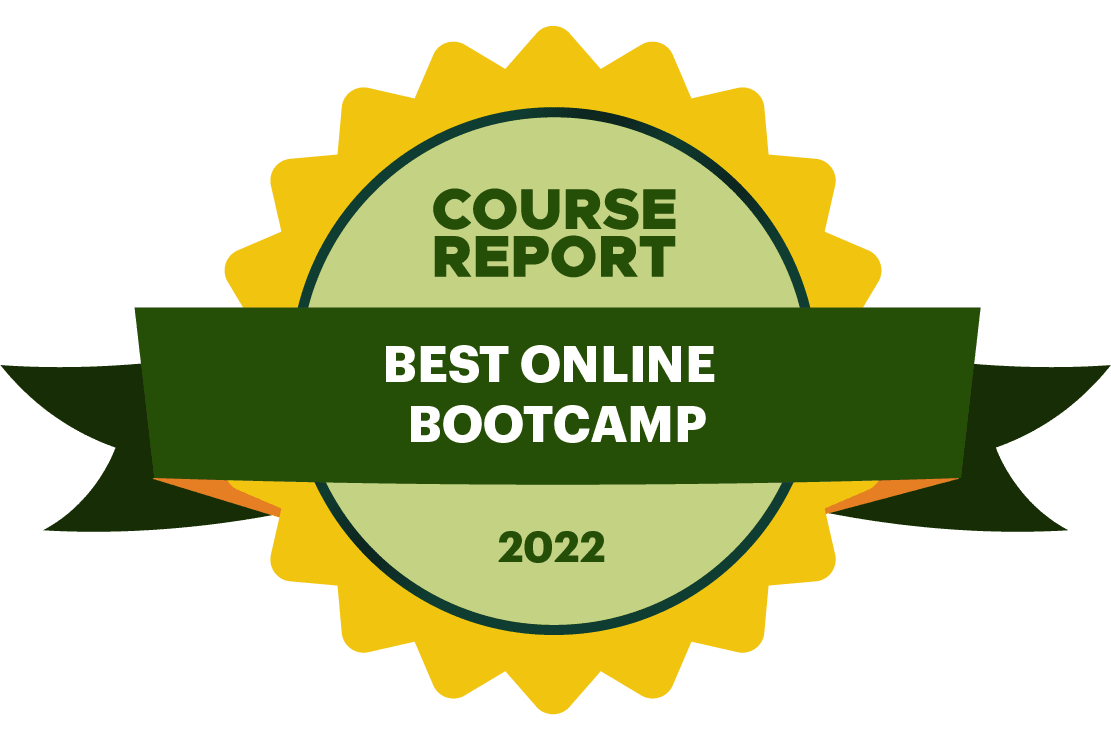Regular and on-demand mentorship from industry professionals that provide accountability, feedback and guidance throughout your journey.
Springboard vs. Thinkful
Springboard and Thinkful both offer a variety of courses designed to help students find a job in the tech industry. Both bootcamp providers pride themselves on their programs’ ultimate results in helping students kickstart a new career. However, there are a number of key differences between Springboard and Thinkful. Reviewing these differences can help you make an informed decision that best fits your needs and budget.
Springboard | Thinkful | |
|---|---|---|
1:1 Professional Mentorship | Yes | Yes |
Career Services | Yes | Yes |
Capstone | Yes | Yes |
Job guarantee | Yes | Yes |
Live Classes | Some | Yes |
Bootcamps | Yes | Yes |
Short/Prep Courses | Yes | No |
Internship | Some programs | No |
Ready to make a change? Apply now
Spots are limited, and we accept qualified applicants on a first-come, first-served basis.
Why choose Springboard over Thinkful
Multiple payment and scholarship options to ensure you don't pay more than you need to.
Extensive career services support team including your own career coach, group coaching calls and mock interviewers.
Meet a few of our Springboard alumni
Frequently Asked Questions
Ready to make a change? Apply now
Spots are limited, and we accept qualified applicants on a first-come, first-served basis.







